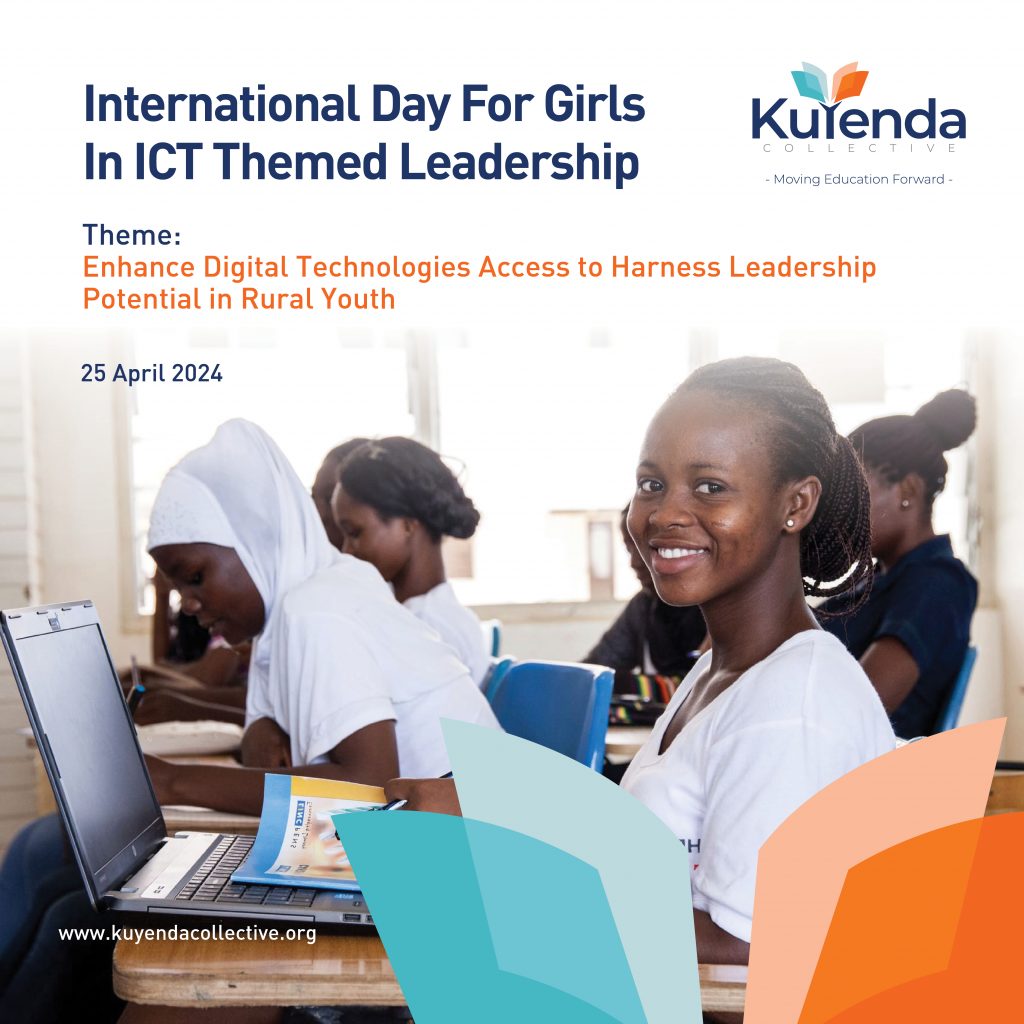Addressing the digital gender gap for rural girls

The International Day of Girls in Information and Communication Technology (ICT) aims to promote leadership development and empower girls and rural youth for STEM careers. This year’s theme is “Leadership,” emphasizing the importance of female role models and preparing girls for STEM careers and leadership positions. Research Kuyenda User Experience UX Research Report 2022 indicates a significant digital divide in rural education. Students in rural areas often lack access to technology infrastructure, such as computers and the internet, which limits their digital literacy skills. Rural schools also often lack ICT infrastructure for STEM-related experiments, leading to limited exposure to digital learning environments.
To address the digital divide in rural societies, infrastructure development and internet access enhancement are necessary to promote better connectivity and digital inclusivity. The use of Information and Communication Technology (ICT) can significantly enhance learning processes and teaching practices, creating optimal learning conditions for students and teachers. However, rural teachers often lack digital-savvy skills due to limited training in digital technology, preventing subjects like Basic Information Computer Technologies from being taught. As digitalization and AI become more prevalent, models should be established to empower rural learners with tools and suitable infrastructure to improve network connectivity.
The significance of female role models for girls in STEM and mentorship can provide guidance and support for rural youth in pursuing their passions and developing leadership skills. Mentorship programs can also help bridge the digital divide by providing access to resources and opportunities that may not be available in their local communities. By fostering meaningful connections between mentors and mentees, we can empower the next generation of leaders and innovators in rural areas. Empowering rural girls in STEM programs can promote gender inclusion, raise community standards, and motivate other learners, ultimately benefiting their communities and overall education outcomes and job preparedness. Let us enhance digital technology access to harness leadership potential in rural youth.
The End.

